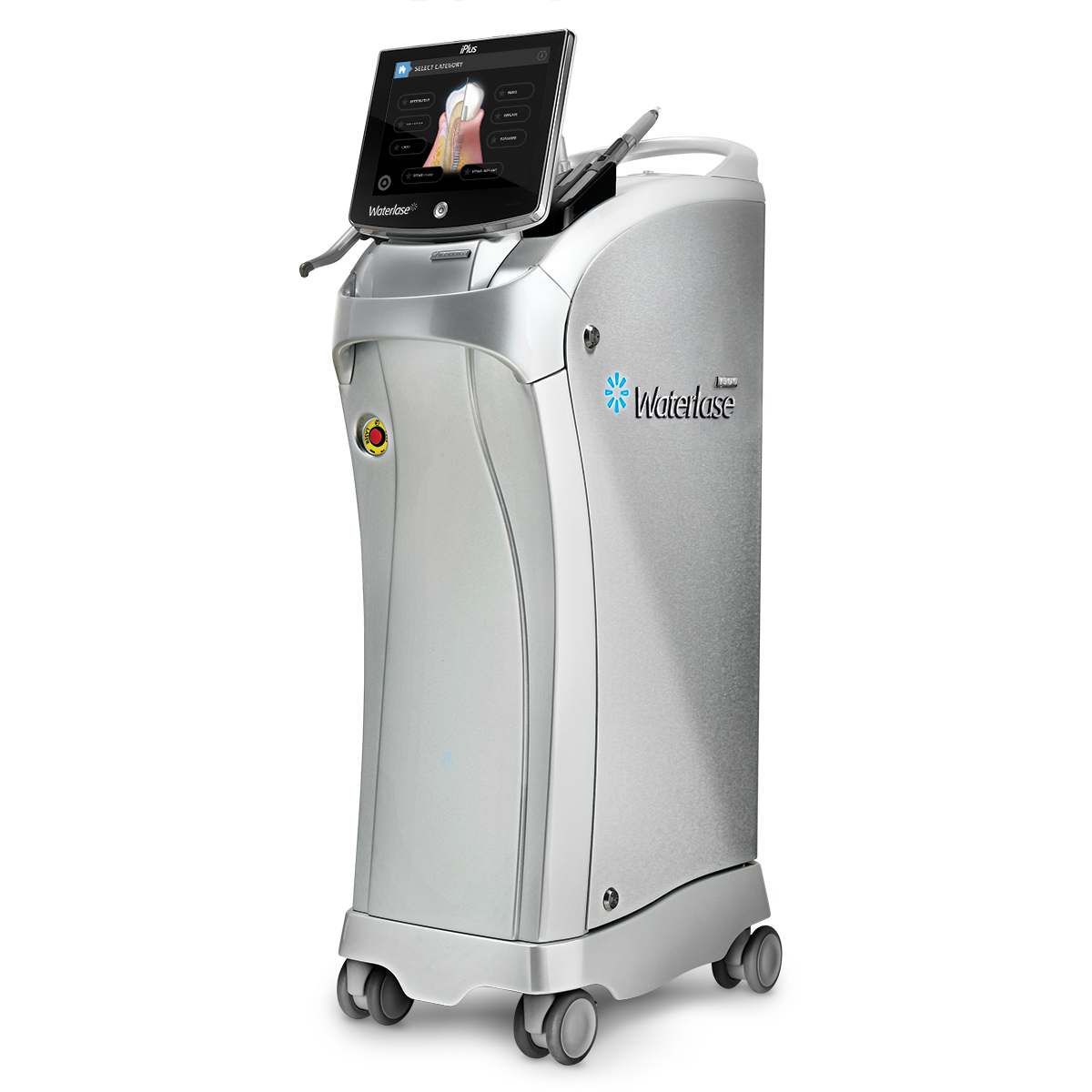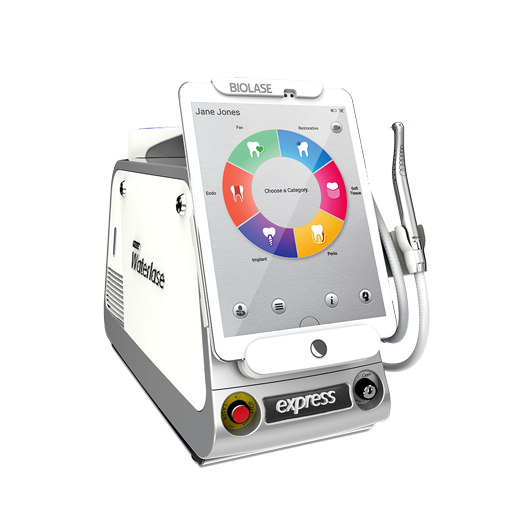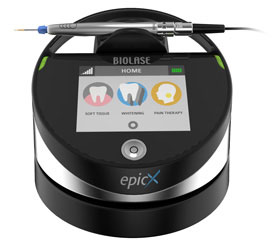Discover why WaterLase laser dentistry provides a safer and more enjoyable dental experience.
Laser dentistry is incredibly versatile and plays an important role in a growing number of high-tech dental practices. The WaterLase dental laser combines a highly concentrated light force with a gentle water spray to perform a wide variety of soft tissue procedures so patients are more comfortable.
Heat, vibration, and pressure are the primary causes of pain associated with the use of traditional dental instruments. Since the laser does not generate heat, vibration, or pressure, periodontal procedures can be performed nearly pain-free. Patients are more comfortable and require fewer shots. Clinical applications include scaling and debridement, periodontal pocket treatment, and deep cleaning.
The laser is precise, which leaves the surrounding areas unaffected. Traditional dental instruments cause unintended damage to surrounding healthy tissue — a negative consequence that has long been accepted for lack of a better solution.
Lasers offer precise control and have long been the standard of care in medicine for many surgical and cosmetic procedures including the popular LASIK eye surgery. Lasers offer comfort to the patient and perform many functions simultaneously. Not only can a laser remove unwanted tissue but it can also be used to seal blood vessels and nerve endings, which reduces bleeding and post-operative pain and swelling. Ask your dentist about WaterLase technology.
http://bit.ly/1qZctBb
Some of the benefits associated with WaterLase laser dentistry are:
- Less patient discomfort
- Less noisy than traditional dental equipment
- Less pressure during treatment
- Less pain post-operatively
- Faster healing time
- Faster tissue regeneration
- Preservation of soft tissue
- Reduced bleeding during treatment
- Reduced bleeding post-operatively
- Reduced need for anesthetic
- Reduced numbing sensation
- Reduced need for sutures (stitches)
- Reduced risk of bacterial infections post-operatively
- Reduced need for pain management post-operatively



